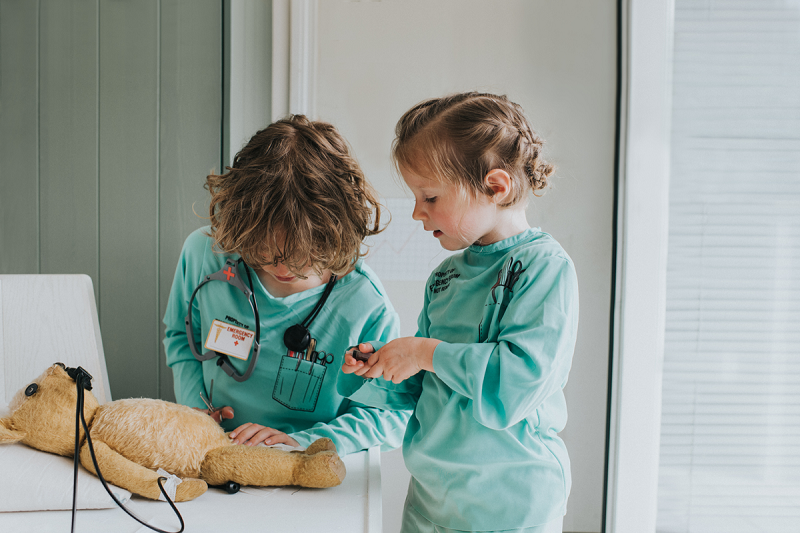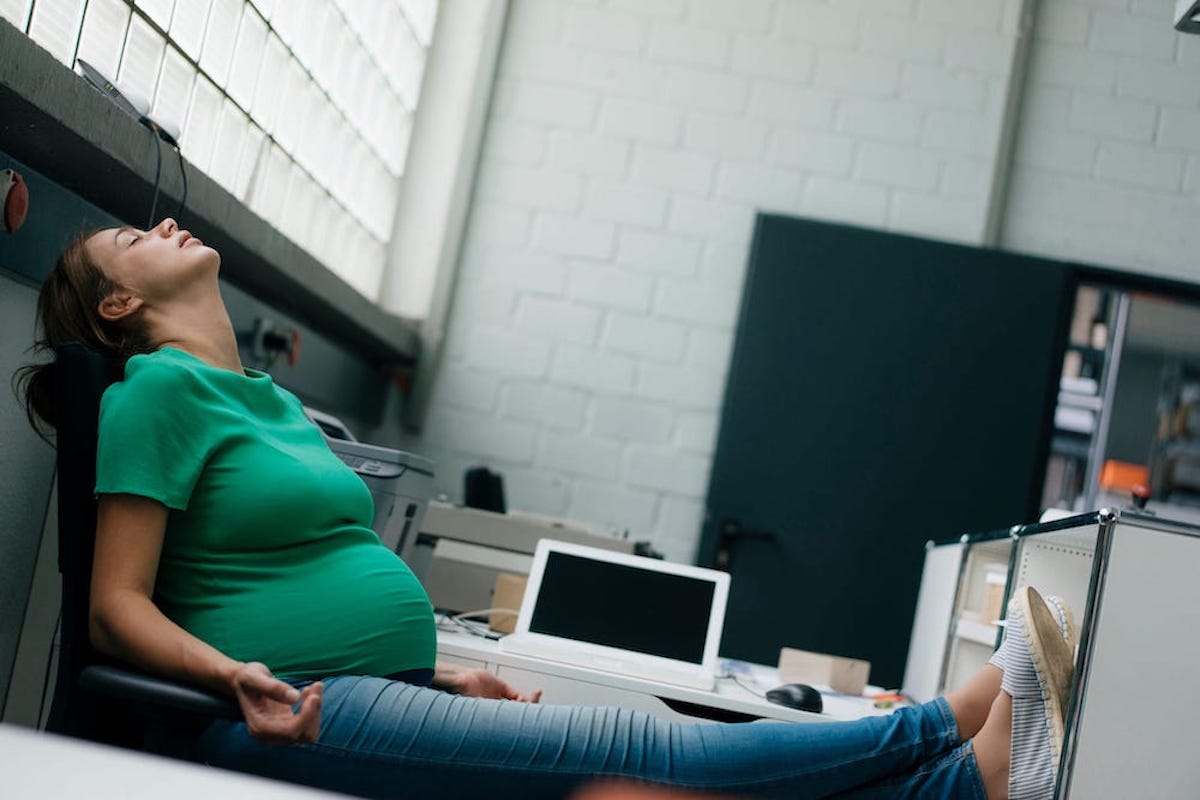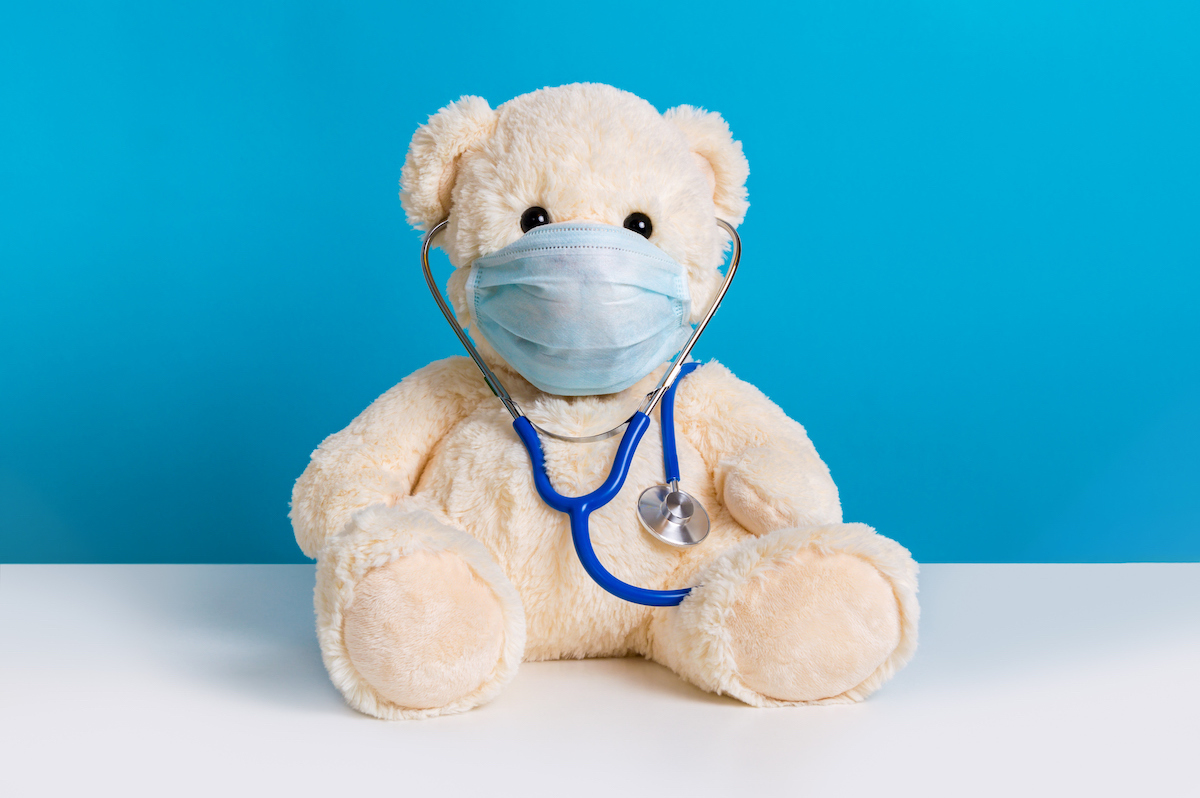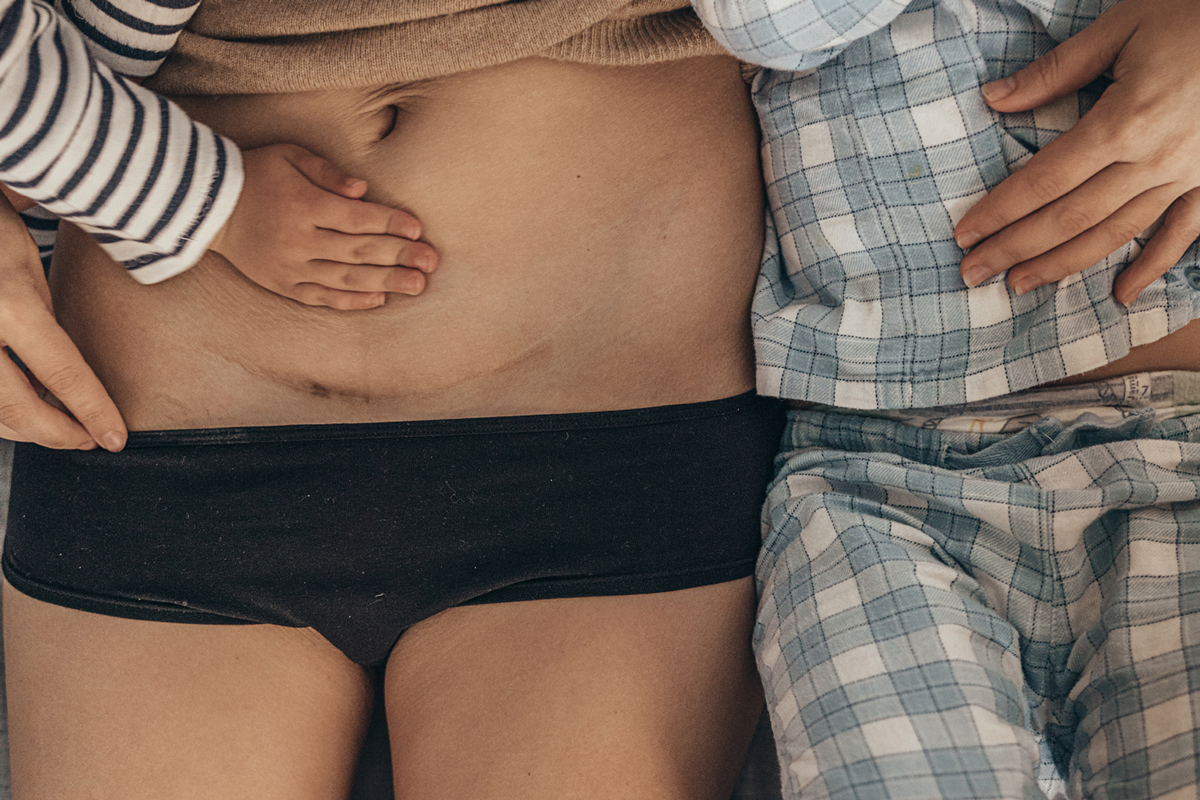Is there any research about using general anesthesia during C-sections? My husband is a surgeon and is horrified by the prospect that I could have a C-section with anything less than general anesthesia; he considers the procedure to be one of the most intense types of surgery and is astonished that women are expected to have it while awake. Does it endanger the baby? Do the medications affect breast milk or otherwise prevent a new mother from breastfeeding right away? Of course, there are many risks associated with undergoing general anesthesia that should not be taken lightly. But are there any associated with C-section specifically?
Additionally, I would only have a C-section if it was medically necessary: Does the research indicate if there is a difference between using general anesthesia in an emergency C-section vs. a planned one?
—Genuinely Considering General
More than 95% of C-sections in the United States are performed with what is called “neuraxial anesthesia” — basically, with epidural anesthesia rather than with general anesthesia. The primary reason for this is that most women want to be awake for the birth of their child and to have a partner present. Both are possible with neuraxial and would not be with a general-anesthesia approach.

There are a few other possible advantages to the epidural route. One is that pain medication can continue to be delivered post-birth through this route, delaying the need for opioid painkillers (which pass to the baby through breast milk). A second is that airway intubation, which is necessary during general anesthesia, can be more complicated for someone who is pregnant. Some literature cites an increased risk of postpartum depression if general anesthesia is used, but this seems likely to be due to differences in the circumstances under which they are used, not the anesthesia itself.
There are some circumstances in which general anesthesia will be used. The main ones are an emergency in which there is not time for an epidural or a circumstance in which the epidural does not work. These are both very rare — even in an emergency, a spinal anesthesia may be preferred to a general and can be done quickly.
I hear your husband — this is major surgery! But an epidural is effective and lower -risk overall, and enables you to be present when your baby arrives.
Community Guidelines
















Log in